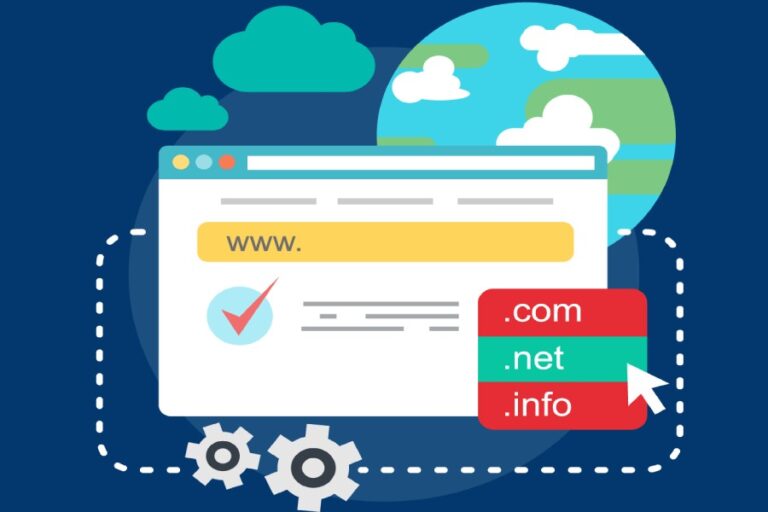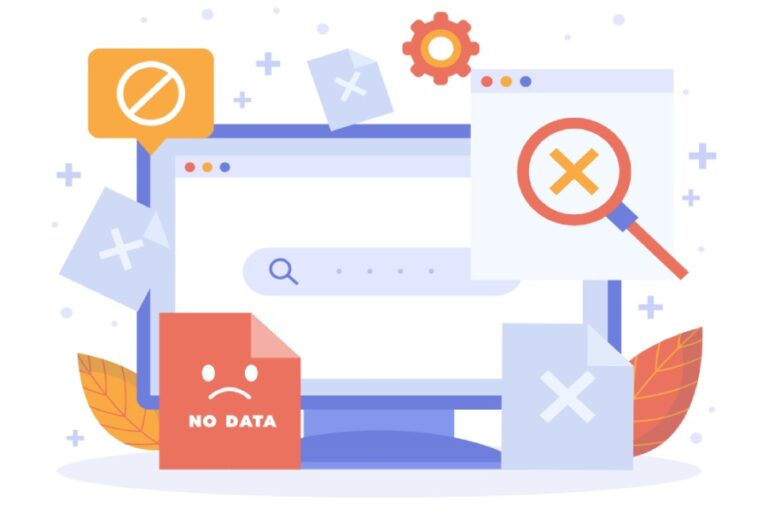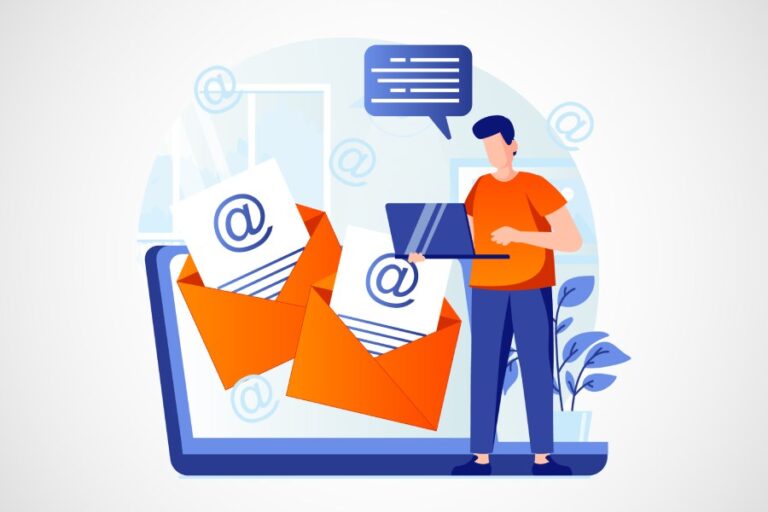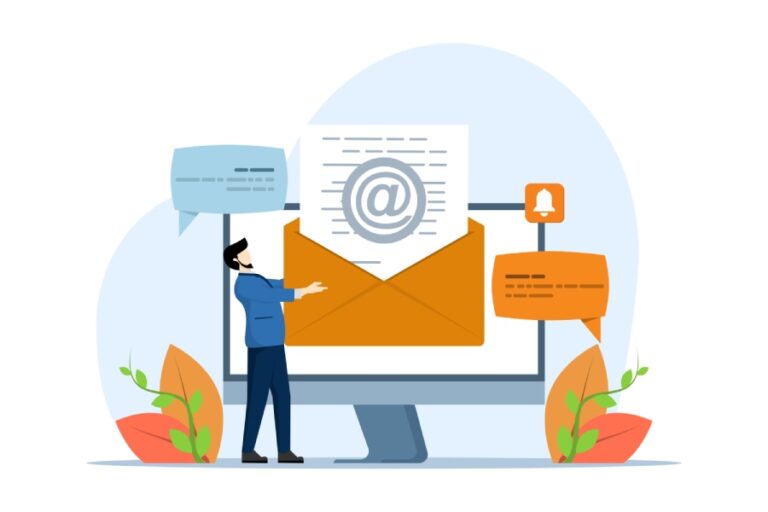What Is An SPF Record And How Does It Protect Your Email Domain?
In the complex domain of email security, the Sender Policy Framework (SPF) plays a pivotal role as a fundamental component of email authentication. As cyber threats like email spoofing and phishing increasingly jeopardize the trustworthiness of email communications, SPF records have become essential for organizations ranging from Google Workspace and Microsoft Office 365 users to…









